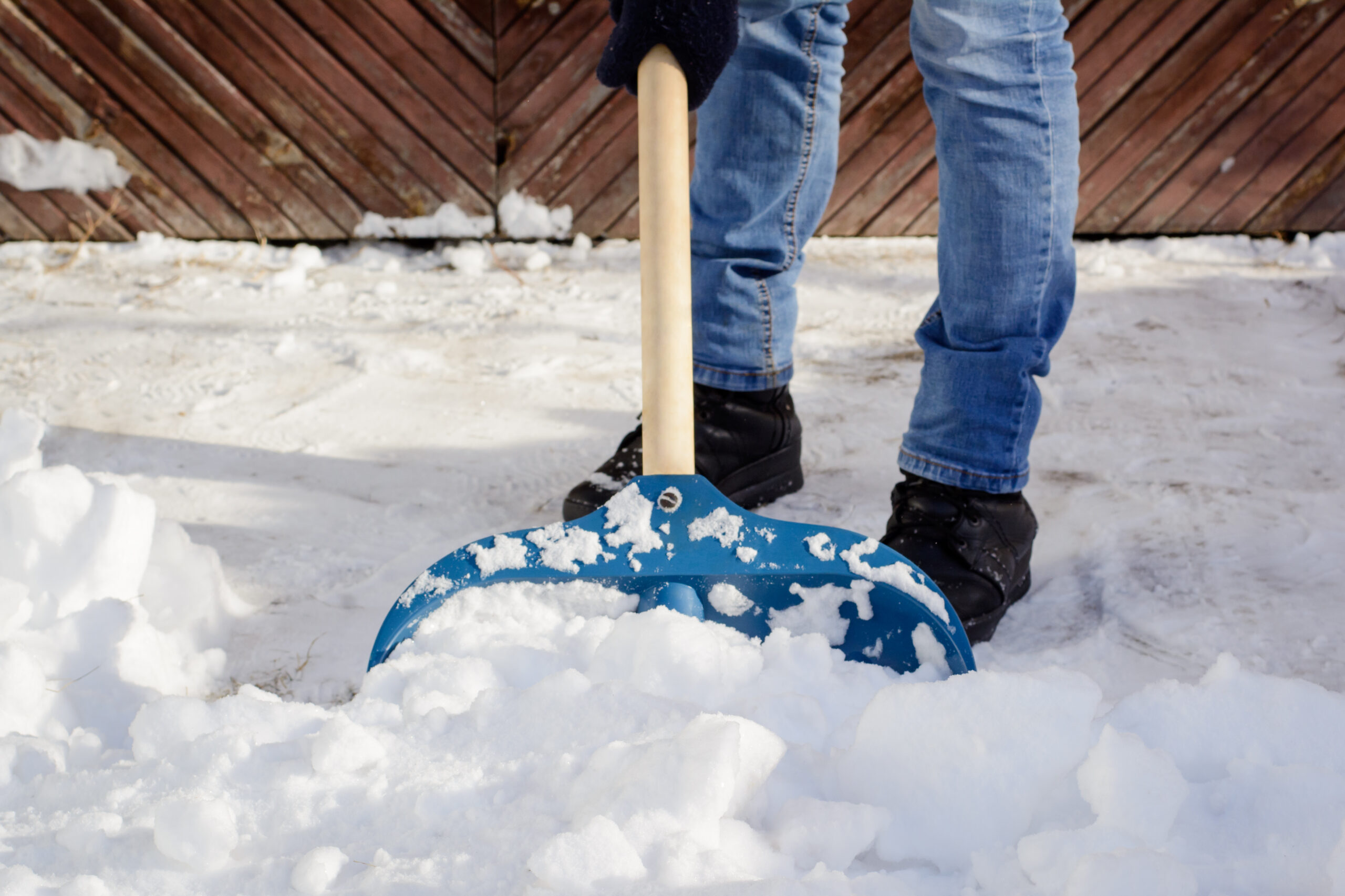7 Vital Tips For Walking On Ice Safely And Avoiding Injuries

Walking on ice can be challenging and hazardous, especially during the winter months. Ensuring walking on ice safety is crucial to prevent falls and injuries. This guide will provide seven vital tips to navigate icy conditions safely, particularly on snowy sidewalks, and highlight the importance of using the right ice melt products like Safe Paw.
Pet-Friendly Ice Melt
1. Choose The Right Footwear
The first step in walking on ice safety is to wear appropriate footwear. Shoes with non-slip soles or specially designed ice grips can provide the necessary traction to prevent slipping. Avoid shoes with smooth soles and high heels, as they significantly increase the risk of falls on ice.
2. Walk Like A Penguin
One effective technique for walking on ice is to mimic a penguin’s walk. Spread your feet slightly outward to increase your center of gravity and take small, flat-footed steps or shuffle for better stability. This posture reduces the chances of slipping and helps maintain balance.
3. Keep Your Hands Free
Avoid walking with your hands in your pockets. Having your hands free helps maintain balance and allows you to break your fall if you slip, reducing the risk of serious injury. Carry items in a backpack if possible.
4. Be Extra Cautious On Snowy Sidewalks
Snowy sidewalks can be deceptive, often hiding icy patches. Approach them with caution, especially if the snow is packed or looks glossy. Test potentially slippery areas by tapping your foot on them before putting your full weight down.
5. Avoid Carrying Heavy Loads
Carrying heavy loads can throw off your balance, making you more prone to slipping on ice. If possible, use a bag with wheels or make multiple trips with lighter loads to ensure your safety while walking on icy surfaces.
6. Use Pathways Treated With Safe Ice Melts
Walk on pathways that have been treated with ice melts. However, be aware of the negatives of using traditional salt and chloride-based ice melts. These products can create a slushy, slippery residue and are harmful to the environment, pets, and can corrode concrete surfaces.
7. Recommend Safe Paw For Home Use
To mitigate these issues, it’s recommended to use Safe Paw on your property. This chloride-free and toxin-free ice melt is safe for pets and people, effective at low temperatures, and non-corrosive. It provides a safer, drier path on snowy sidewalks, enhancing walking on ice safety.
The Downsides Of Traditional Ice Melting Salts
Traditional ice melting salts, often used as a quick solution for icy sidewalks, can be detrimental. Salt and chloride-based ice melts can damage vegetation, corrode metal, and negatively impact pet health. They also contribute to concrete deterioration, increasing the risk of uneven surfaces and subsequent injuries.
Conclusion
Walking on ice requires caution and preparation. By following these tips, you can significantly reduce the risk of falls and injuries. Choosing the right footwear, adopting a safe walking style, and using safe deicing products like Safe Paw is key to safely navigating icy conditions. Remember, walking on ice safety is not just about how you walk, but also about how you prepare the environment around you, making Safe Paw an ideal choice for maintaining safe, ice-free sidewalks.
Comments
Post a Comment